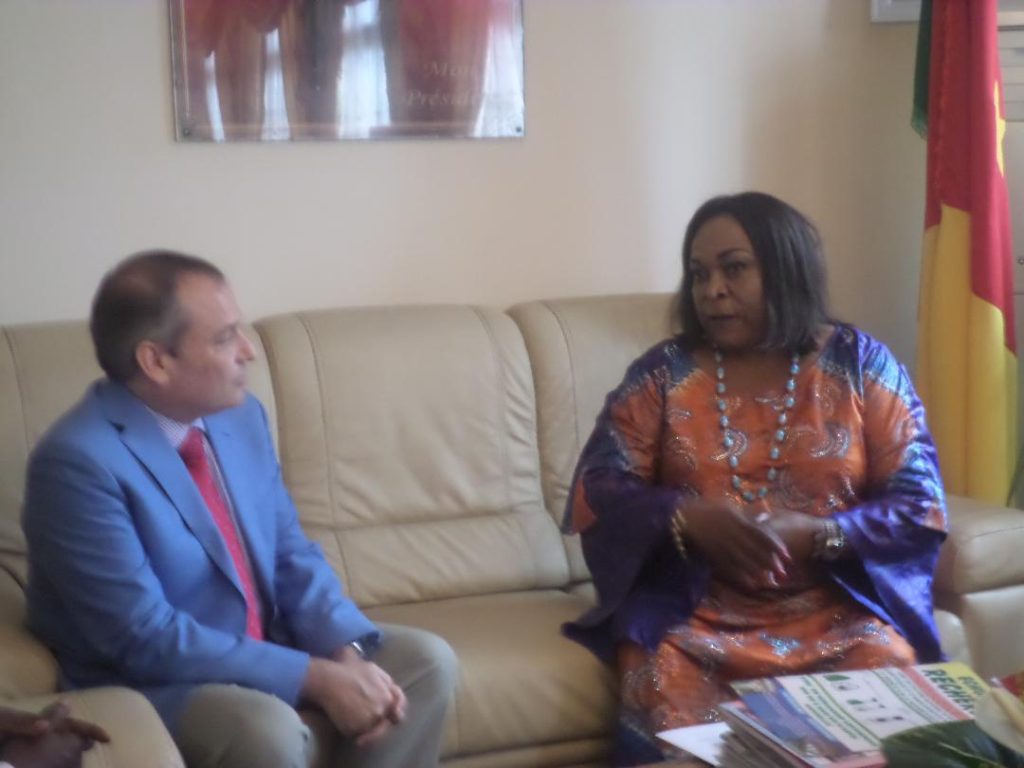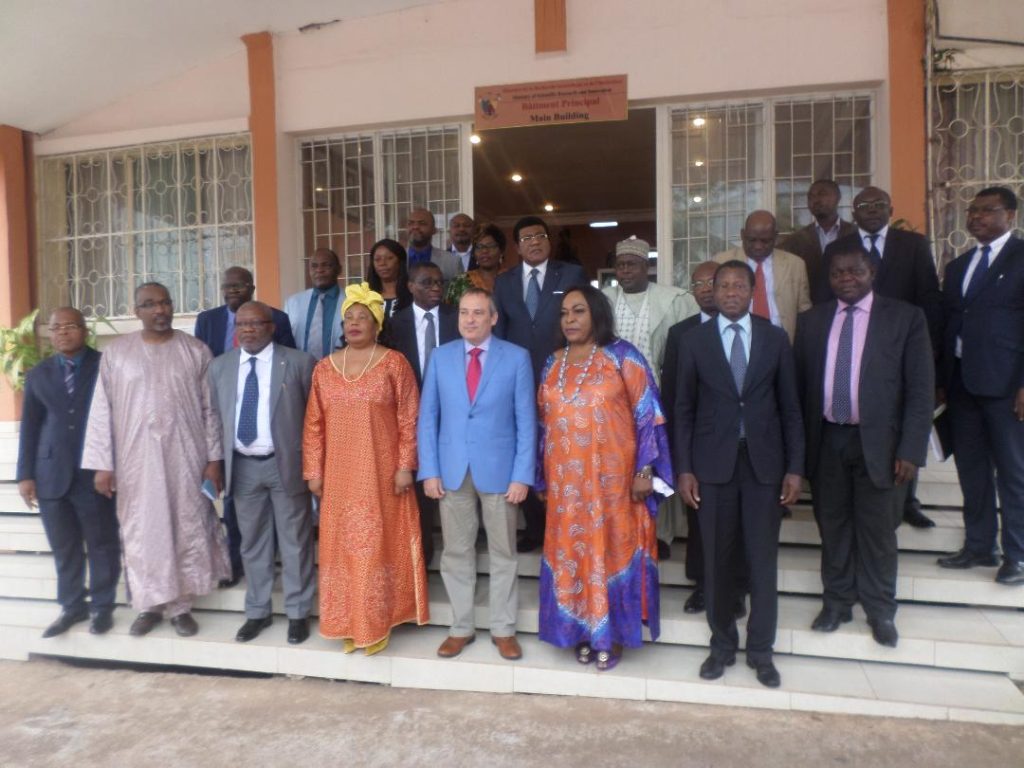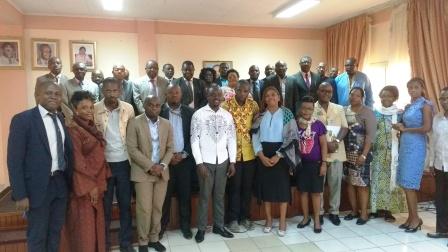Technology Transfer: Agreement signed between MINRESI and the Ministry of Science, Technology and Productive Innovation of the Republic of Argentina
The agreement signed between MINRESI and the Ministry of Science, Technology and Productive Innovation of the Republic of Argentina is based on technology transfer. Driven by the firm conviction that collaborative scientific research can provide answers to development problems, and that development depends on the technological mastery of national scientific communities, the DCST ensures that the agreements finalized and signed have a socio-economic impact.
Setting up Technology Transfer and Innovation Units (UTTI).
UTTIs facilitate collaboration with public and private players through technology transfer, know-how transfer, scientific analysis and technological feasibility studies.
The aim of these Units is to valorize and popularize research results at user level. It follows decision n0 000334/MINRESI/B00/F00 of December 16, 2014. The establishment of the “Convention relative à la collaboration en matière du développement et du transfert des technologies, la valorisation de la recherche entre le MINRESI et le Ministère de la Science, de la Technologie et de l’Innovation Productive de la République d’Argentine (ci-après désignée “Convention”), the purpose of which is to set out the terms and conditions of collaboration between MINRESI and MINCYT with a view to protecting and valorizing the results of research developed in their countries.
According to the ministerial decision, UTTIs are operational structures responsible for promoting technology. Their main missions are to:
.Draw up and negotiate research and transfer contracts;
.Control intellectual property aspects;
.Identify inventions to be protected and evaluate their transfer potential;
.Patent inventions;
.Identify potential business partners and market inventions;
.Select and involve other external partners as required.
This transfer is essentially carried out by means of a contract by which the research institute grants to a private company, a public body or an entity “derived” from the university or the research organization, which thus receives the right (license) to use a new technology in exchange for a royalty or other consideration. In this sense, intellectual property rights, which allow the institute to control the use of the results of its research work, constitute the foundation of the technology transfer mechanism. Technology transfer, however, is a bandwagon. Moreover, as the country puts in place mechanisms to stimulate innovation and intellectual property strategies favorable to research activities, complemented by a new vision of knowledge-driven growth, in which intellectual property plays a central role.



